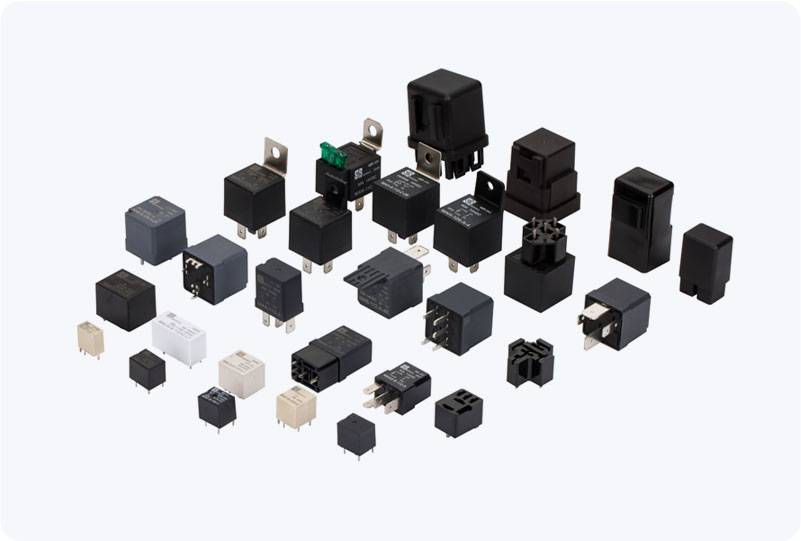In modern plumbing systems, maintaining a stable and safe water temperature is essential for both comfort and safety. One device that plays a vital role in this aspect is the thermostatic mixing valve (TMV). This innovative device ensures that hot and cold water is mixed to deliver a consistent temperature at the tap, making it an indispensable part of many households, commercial facilities, and healthcare environments.

The Functionality of Thermostatic Mixing Valve At its core, a thermostatic mixing valve is designed to blend hot water from the water heater and cold water from the supply line to achieve a predetermined, safe temperature for water usage. It operates on the principle of temperature regulation, using a sensitive element that responds to changes in water temperature. This element, typically a thermistor or an expanding wax element, can detect minor fluctuations in heat and adjusts the flow of hot and cold water accordingly. When a user turns on the tap, the TMV quickly senses the temperature of the water being mixed. If the water is too hot, the valve reduces the flow of hot water; conversely, if it is too cold, it allows more hot water to flow into the mixing chamber. This automatic adjustment ensures that regardless of fluctuations in the water supply, the output remains consistently at the target temperature, usually around 37°C (98.6°F) for showers and baths.